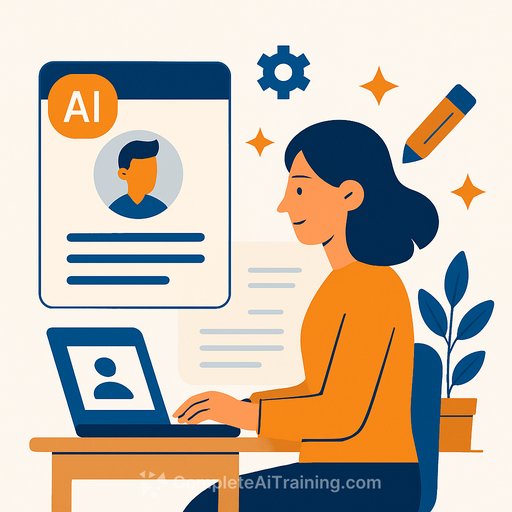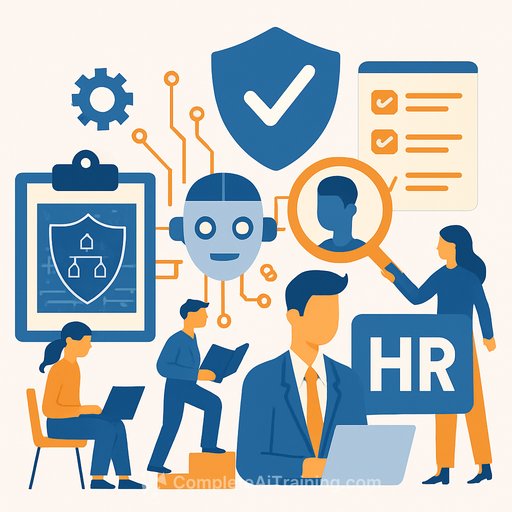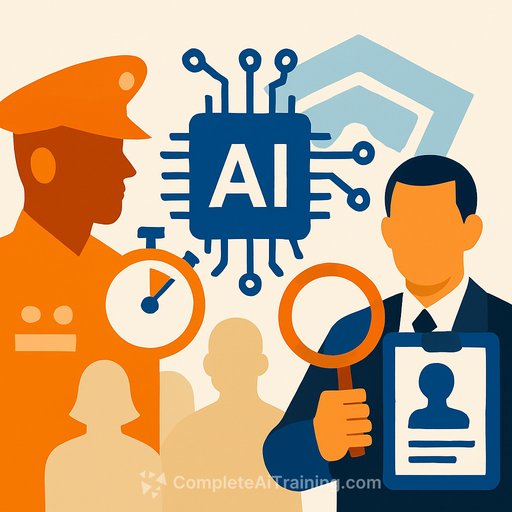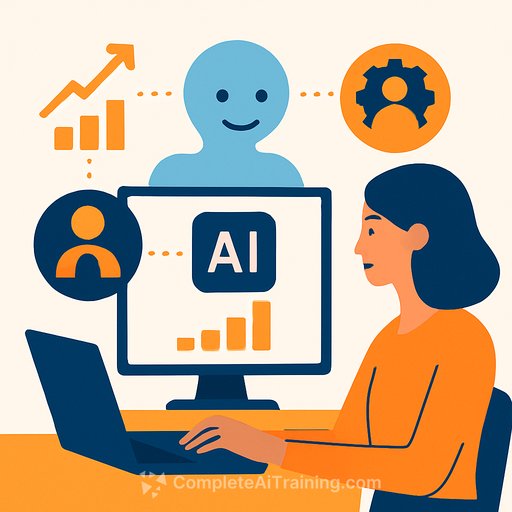AI in HR: Legal Risks, Bias, and Compliance Challenges for Employers
AI boosts HR productivity but raises legal and ethical challenges, especially in recruitment, terminations, privacy, and employee monitoring. HR must balance automation benefits with fairness and compliance.
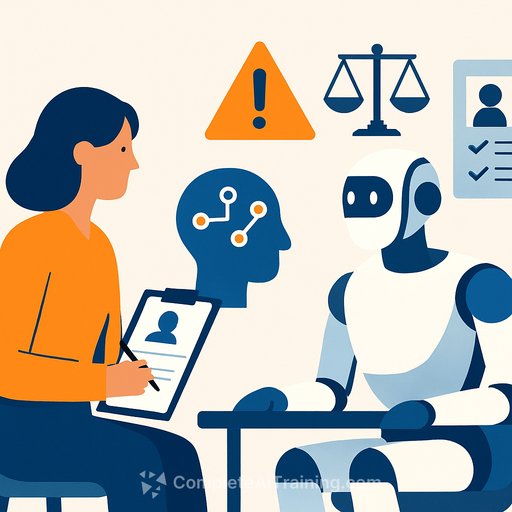
AI and Employment Law: What HR Leaders Need to Know
Artificial intelligence offers clear productivity benefits but also introduces new legal challenges for HR professionals. As AI takes on more HR tasks, employers must weigh these advantages against the risks and compliance demands that come with automation and algorithm-driven decision-making.
AI and Recruitment
AI is increasingly used in recruitment, promising to reduce conscious and unconscious bias in hiring. However, AI systems learn from historical data, which can replicate or even amplify existing biases. For example, if past successful candidates in an industry have predominantly been men, AI trained on that data may unfairly favor male candidates.
HR leaders should ensure AI recruitment tools are regularly audited for bias to avoid discriminatory outcomes. While AI can save significant time by automating applicant screening, it must be used carefully to promote fairness and compliance.
AI in Terminations
Using AI to make termination decisions is risky. These decisions often require nuance and consideration of context, such as an employee’s long-term performance and conduct. AI may miss these subtleties, leading to unfair outcomes.
HR should treat AI as a support tool rather than a sole decision-maker in termination cases, ensuring human judgment is central to these sensitive choices.
Gaps in the Law
Current discrimination laws focus on individuals, not algorithms, creating a legal gap around AI-made decisions. This means courts may find it difficult to hold employers liable for discriminatory outcomes caused by AI.
There is also no legal obligation to disclose AI use in recruitment, which makes it hard for candidates to identify if they have been unfairly treated by automated systems. If legal frameworks evolve to require transparency or introduce liability for AI-driven discrimination—as seen in emerging US cases—HR will need to adjust policies and communications accordingly.
AI and Privacy
AI often requires large datasets, sometimes including sensitive employee information. Mismanagement of this data can lead to breaches with serious legal and reputational consequences.
Compliance with privacy laws is critical. HR must oversee data handling practices related to AI to protect employee privacy and mitigate risk.
Managing AI Use in the Workplace
One of the biggest challenges is managing how employees use AI tools. Supervisors may not realize work submitted by employees has been generated or heavily influenced by AI, which can lead to issues with accuracy and authenticity.
AI can also produce fabricated content presented as fact, complicating performance management and quality control. HR should implement clear AI use policies, set expectations, and enforce consequences for unauthorized or inappropriate use.
Many unions are pushing for limits on AI use and mandatory consultations before AI is introduced. This adds another layer of complexity and may slow the adoption of AI-driven productivity improvements.
Surveillance and Monitoring of Employee Output
AI-driven monitoring tools raise privacy concerns among employees, who may feel they are under constant surveillance. HR must balance the business benefits of performance tracking with respect for employee privacy and comply with workplace surveillance laws.
Transparency and employee consent are essential. Over-monitoring can increase stress and lead to wellbeing issues, so HR needs to manage these risks carefully.
Psychosocial Hazards: AI's Impact on Workforce Dynamics
AI-driven changes like restructuring or shifts in work processes can impact morale and increase stress. HR should be involved early in AI implementation to address psychosocial risks and maintain the human element during transitions.
Understanding these challenges helps HR teams highlight risks, set guidelines, and keep the organization aligned with evolving legal standards related to AI.
For HR professionals looking to deepen their knowledge of AI and its impact on the workplace, exploring targeted training can be valuable. Courses focused on AI applications in HR and compliance can help you stay ahead as this technology continues to influence employment practices. You can find relevant courses at Complete AI Training.

